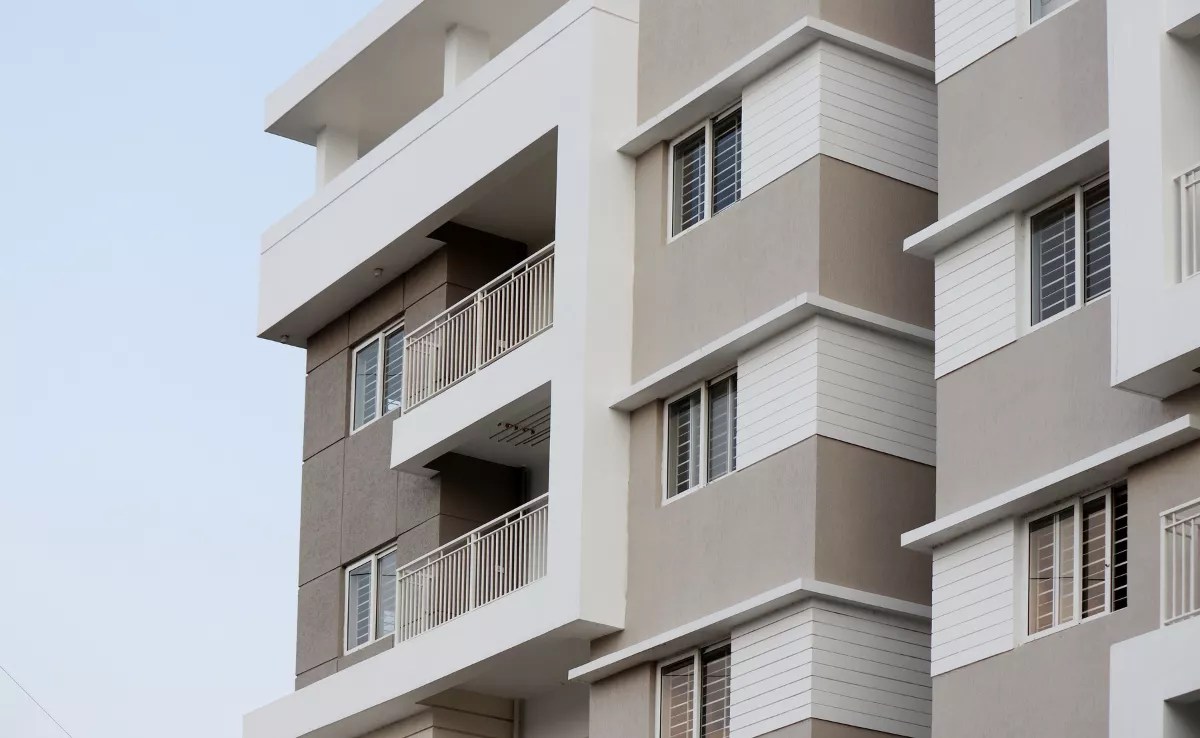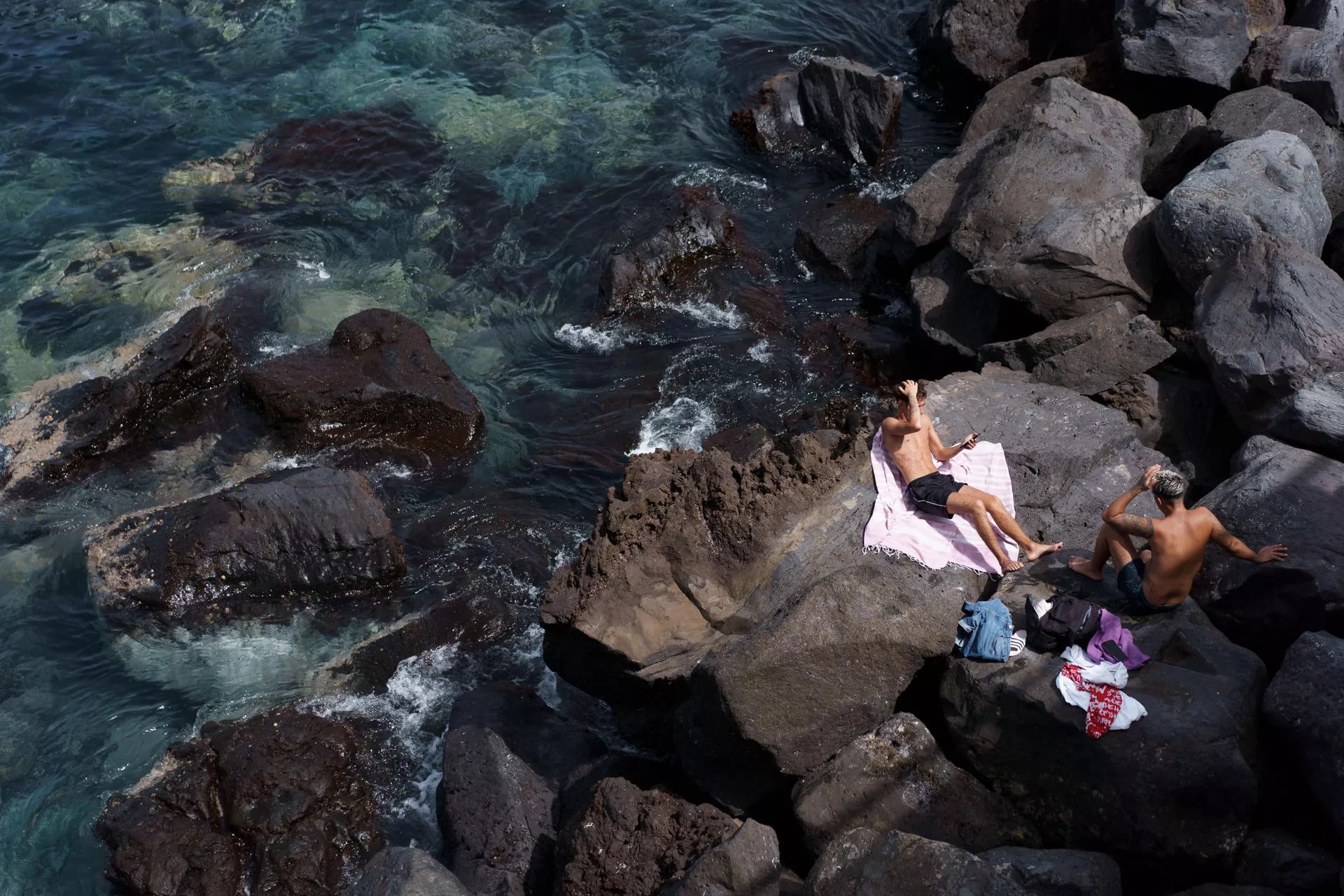The Daughters of Charity became involved in education in the municipality of Villero at the end of the 19th century and, in the 21st century, their school has joined several European projects.
The Daughters of Charity arrived in La Orotava in 1884 and began to teach girls from disadvantaged families in the old Hospital de la Santísima Trinidad, in a school known then as La Inmaculada. The arrival in 1910 of Sister Soledad Cobián de Roffinac marked a before and after in the teaching work of this religious order, which moved its school to Nicandro González y Borges street, already under the name of La Milagrosa. A few years later, Sister Soledad Cobián promoted the construction of the current center, the first stone of which was laid in 1930. Three years later, with the work still unfinished, classes began to be taught in the emblematic neoclassical-style building designed by the architect Mariano Stanga. La Milagrosa is today a school with more than 705 students, boys and girls; with a staff made up of 59 teachers and non-teachers, which in recent years has shown a profound European vocation.
In 2019, the Early Childhood, Primary and Secondary Educational Center (CEIPS) La Milagrosa set out to open its doors to Europe through the different Erasmus Plus projects. A group of teachers from this center embarked on the adventure of “knowing and making the center known to different European countries, creating several projects in which students and teachers have been able to participate to internationalize the center and, at the same time, share good practices with other educational centers and thus learn together».
One of these projects is Las Calles de mi Pueblo (The streets of my Town), in which La Milagrosa is the coordinating center along with others from Finland and France. Through the European platform Etwinning, these foreign centers “saw the perfect opportunity to get to know our country, our island, our streets and the culture that hides behind them,” explains Begoña Regalado Expósito, from the educational team of La Milagrosa.
«The opportunity to extend knowledge to our insular students outside its borders is an incalculable life lesson. Erasmus plus offers them the opportunity to learn, get to know and experience the culture of other places in Europe. To do this, trips are organized with students to the different participating countries, who communicate in English or French to carry out the activities. This allows them to be aware of the importance of communication in order to grow as people with an open mind, willing to overcome barriers and open up to Europe”, emphasizes Regalado.
Students and teachers collaborate with centers in Poland, Bulgaria, Croatia or Italy
Another of the projects developed by La Milagrosa is SOFT (Start Our Future Today), which serves to prepare students for their future working lives. From La Milagrosa they have decided to become a collaborating center to “prepare our students for the alarming data on youth unemployment.” It intervenes as an associated center with others from countries such as Poland, Bulgaria, Croatia, Italy and Turkey.
Visit until day 9
Two teachers and four students from the center already had the opportunity to travel to Poland with SOFT This weekend it is the turn of Colegio La Milagrosa to receive participants from the partner countries of this project: 35 people, including students and teachers from Poland, Bulgaria, Croatia, Turkey and Italy, which will visit the island from today until the 9th. “An enriching experience that will increase the motivation of both students and teachers,” they underline.
This commitment to Europe, bilingualism and innovative education began in 2019 with the Highway to Europe project, when students and teachers began to fly to Finland and Croatia to learn about other cultures and educational realities in the European Union. After the success of those first two expeditions, Las Calles de Mi Pueblo and SOFT arose, linking the center promoted by Sor Soledad Cobián at the beginning of the 20th century with schools in Finland, France, Ireland, Italy, Croatia, Germany, Poland, Turkey or Bulgaria in the XXI century.

















